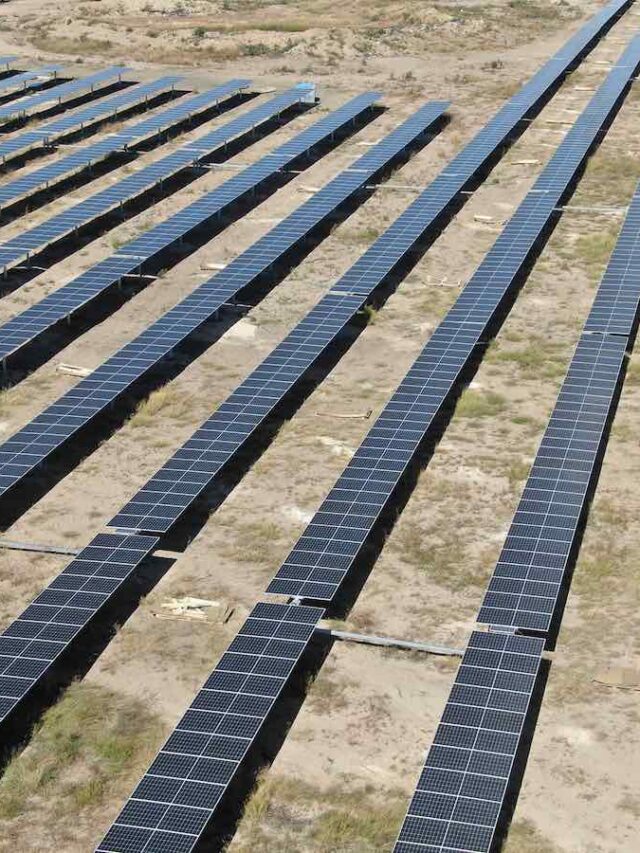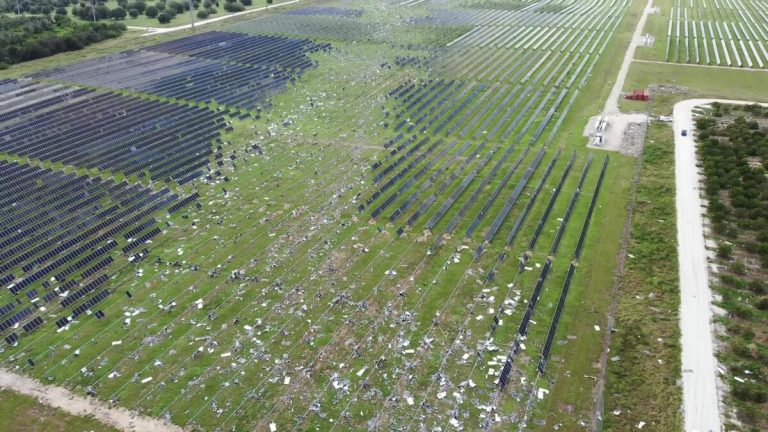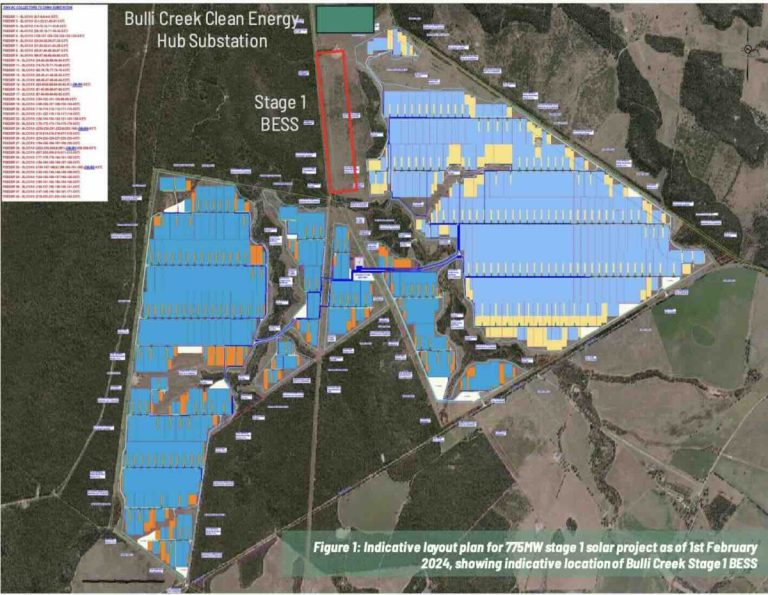Solar Surpasses Nuclear in Global Energy Dominance
Opposition leader Peter Dutton’s ambitions for Australian nuclear power faced a setback as The Economist, a renowned British weekly news magazine, debunked the notion of nuclear energy dominance. In a special issue titled “Dawn of the Solar Age,” released just days after Dutton’s proposal for seven nuclear reactors, The Economist highlighted the unprecedented growth of solar power. Contrary to the stagnation of nuclear energy, solar power is on a trajectory to become the world’s primary electricity source by the mid-2030s and could surpass all other energy sources by the 2040s.
The Solar Power Surge
The exponential growth of solar power is evident in the statistics provided by The Economist. With installed solar capacity doubling every three years, the industry has expanded tenfold in the past decade. This rapid growth is poised to outpace even the entire global fleet of nuclear reactors, with projections indicating a monumental shift towards solar energy dominance in the coming years.
The Unforeseen Success of Solar
Energy experts were caught off guard by the meteoric rise of solar power. The International Energy Agency’s predictions regarding solar growth since 2009 have consistently fallen short, with the industry surpassing expectations by a significant margin. Even forecasts by Greenpeace, often dismissed for their idealism, failed to capture the true potential of solar energy’s expansion.
The plummeting costs of solar cells have been a driving force behind this revolution. As production scales up, costs decrease, leading to a surge in demand and further cost reductions. Unlike previous energy transitions that faced escalating fuel costs, solar power’s main components, such as silicon and glass, are abundant and inexpensive, ensuring sustained affordability and accessibility.
The Role of Batteries
While solar power’s ascent is remarkable, the integration of batteries remains a crucial challenge. Batteries, essential for storing solar energy for nighttime use, rely on critical minerals like lithium and cobalt. However, advancements in battery technology have led to a 99% cost reduction over the past three decades, making energy storage more efficient and cost-effective.
Innovative solutions, such as using batteries to transport solar energy, are being explored, offering a flexible and sustainable approach to energy distribution. The potential for batteries to revolutionise energy transportation underscores the dynamic nature of the renewable energy landscape.
The Future of Energy
The International Energy Agency’s optimistic outlook on renewable power signals a paradigm shift in the global energy sector. China’s substantial investment in solar energy has catalysed this transformation, with projections indicating a monumental increase in renewable capacity over the next five years. Despite these advancements, achieving net-zero emissions by 2050 remains a formidable challenge that necessitates accelerated renewable energy adoption.
Experts envision a future where solar energy reigns supreme, surpassing traditional sources like nuclear and fossil fuels. In Australia, the proliferation of solar power has already led to reduced electricity prices, underscoring the economic benefits of renewable energy adoption.
As the world embraces the solar revolution, the transition towards a sustainable energy future gathers momentum, reshaping the global energy landscape for generations to come.






